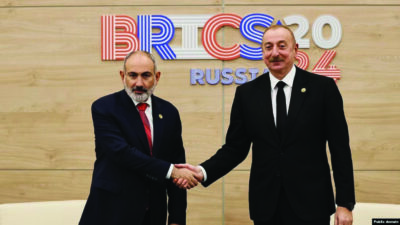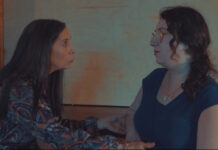When an artist attains a ripe age and continues to create and to surprise his fans, people forget their mortality for a moment and begin to believe that the artist in question is there forever, he or she is the journeyman of the eternal, of course, until he or she faces the inevitable.
I had that feeling when I heard Picasso passed away. I thought eternity had collapsed and destroyed the traveler of that unending journey.
I experienced the very same feeling upon hearing about the loss of painter Hakob Hakobian (Hagopian), who at the threshold of 90, was still surprising his fans with new and refreshing phases of his art. I was also overcome with intense emotions as he was very much a part of my life. While still in Egypt, he had shared many collective art shows with my wife, Nora, and we had come to treasure his friendship, his art, his wisdom and his inexorable quest regarding the destiny of the Armenian people and Armenia.
I will never forget one evening in 1962, his grueling questions on life in Armenia, as I had just returned from Yerevan, after my first trip there, with mixed feelings. We were walking for miles along Cairo streets and I was trying to convey my reservations about the limitations of artistic freedom behind the Iron Curtain, trying to tread on a fine line, mindful of my principles of supporting Armenia under any condition.
Hakobian was already an upcoming artist with a solid reputation and his wife, Marie, was the foremost dress designer in Egypt. They both had opportunities to settle in Europe or North America.
As we parted late that night, I was convinced that he had understood my subtle message that Armenia was not yet for him.








